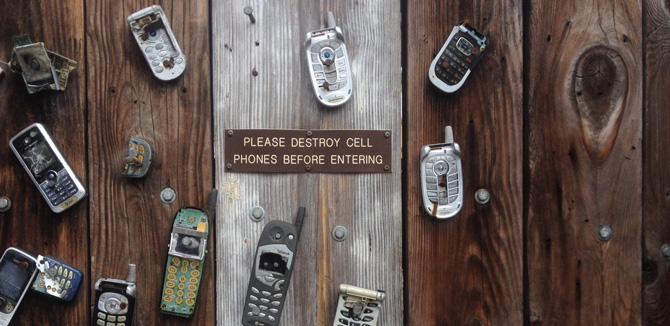From the Director’s Desk: Moving Towards a Frictionless Society
It seems clear that successful entrepreneurs need to think about the inherent friction (requiring added user mental or physical energy) that users face in adopting new technology or new products, when even a small amount can become a big obstacle to adoption.
In the early days of consumer cloud storage, backup storage firms had clumsy user interfaces and elaborate sign-in procedures that offered tremendous friction to the user. Thus, the road was paved for companies like DROPBOX to come in and dominate the market as a near frictionless service that effectively became so easy to use that the cloud became, for many people, their primary data storage system. DROPBOX understood that their system needed to work effortlessly in the background, and that it had to seamlessly integrate into the user experience allowing the user to almost forget it was there.
It seems odd that the best products are the ones that you don’t have to think about using. They become an effortless part of our everyday lives. Amazon became our favorite online shopping site because of one click ordering, and the myriad of techniques they use to streamline the user experience. The idea of friction applies to many more settings, for example why did UBER takeoff and leave traditional taxis in their dust? Why are online food delivery services such as Grubhub becoming so popular? Clearly, they both have perfected the art of removing friction in people’s lives. This year, both my adult daughters used Credit Karma to file their taxes, no doubt for the low cost and ease of use that Credit Karma provided.
Similar to a restaurant that provides free valet parking, the idea is to take away excuses for not using the product. The examples above provide a frictionless experience. Imagine if the whole world were frictionless; elevators saw you coming and automatically opened their doors, remembering which floor you want. What if ATM machines remembered your PIN number and that you like the screens in English, and your car door opened, starting the engine as you approached? Why can’t my kitchen see me coming and start cooking my meal? The entrepreneurs that can solve these tiny little problems, like the engineer who designed the TV remote control decades ago, will be creating the next generation of friction reducing innovation for the world.
If you want your innovation to be adopted, if you want to convince your boss (or peers or subordinates) of your grand idea(s), one way to accelerate the process is to remove the friction. Remove the obstacles, the objections, the pain points, and smooth out the road ahead by anticipating the needs of the users. If you want to ensure the adoption of your new process, make sure that it is as simple and painless as possible to use and that it is significantly easier and more effective than the old system it replaces. While this all may sound like commonsense, it is amazing how much friction we seem to put into the workplace and into our everyday lives.


